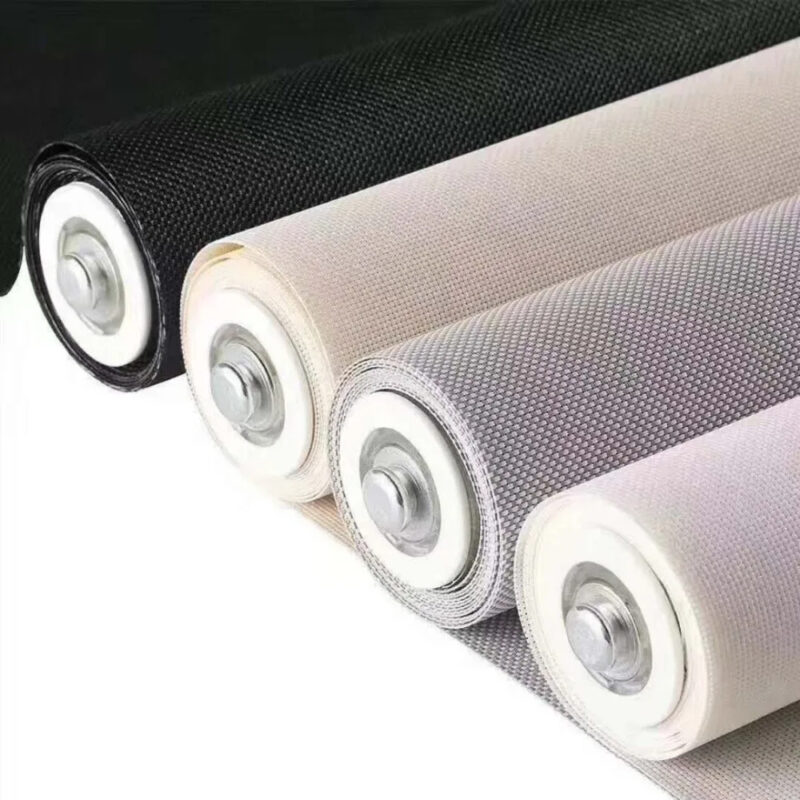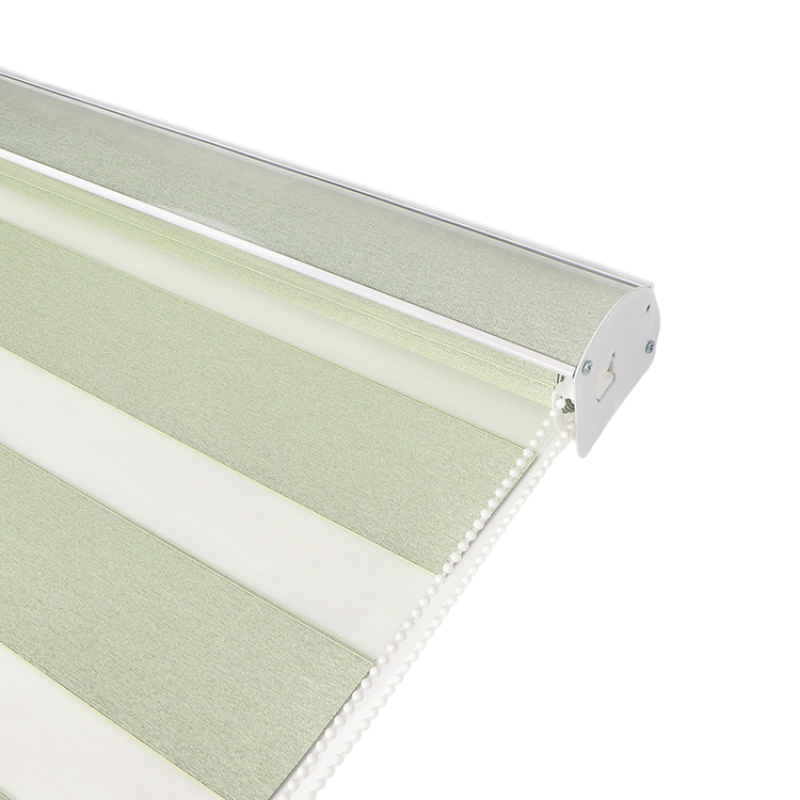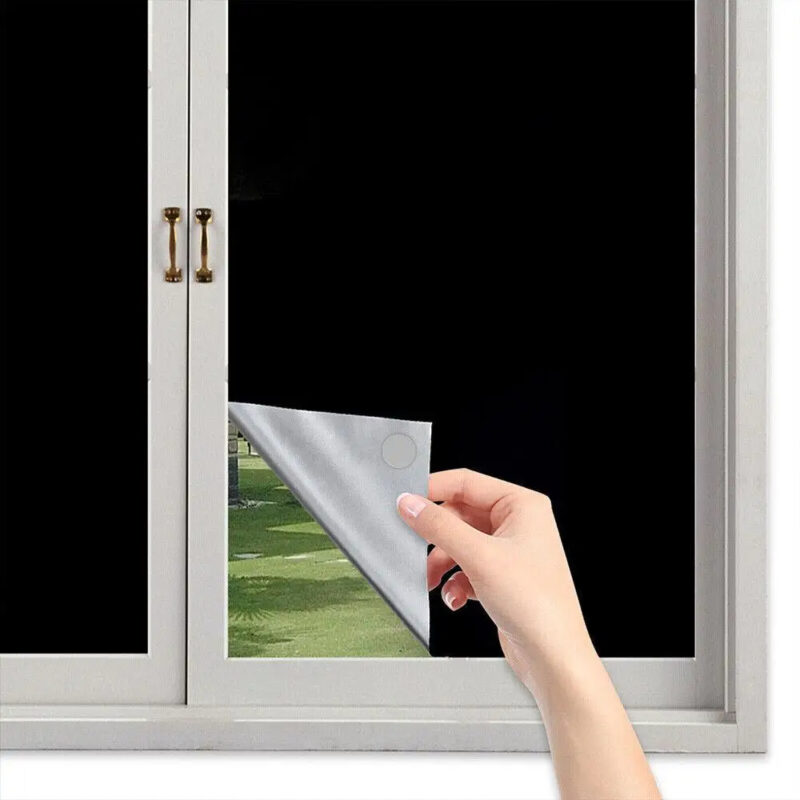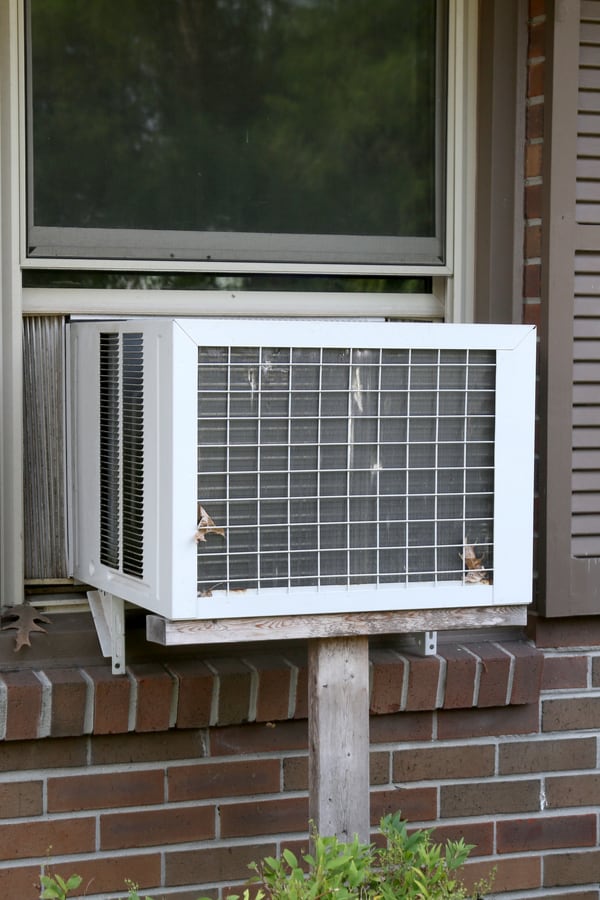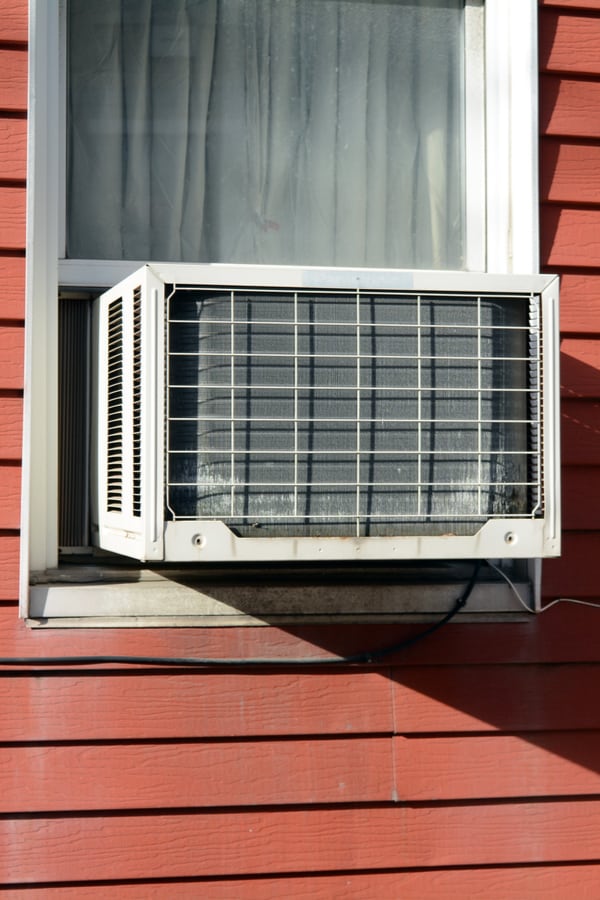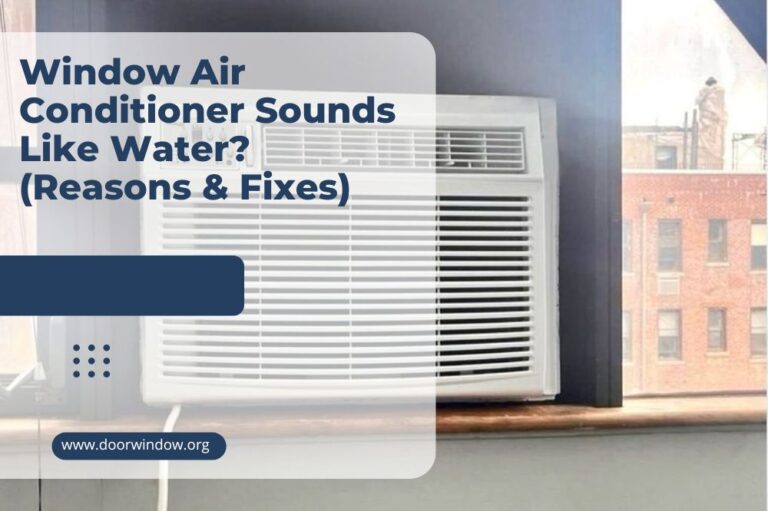How Much Electricity(Watts) Does A Window Air Conditioner Use?
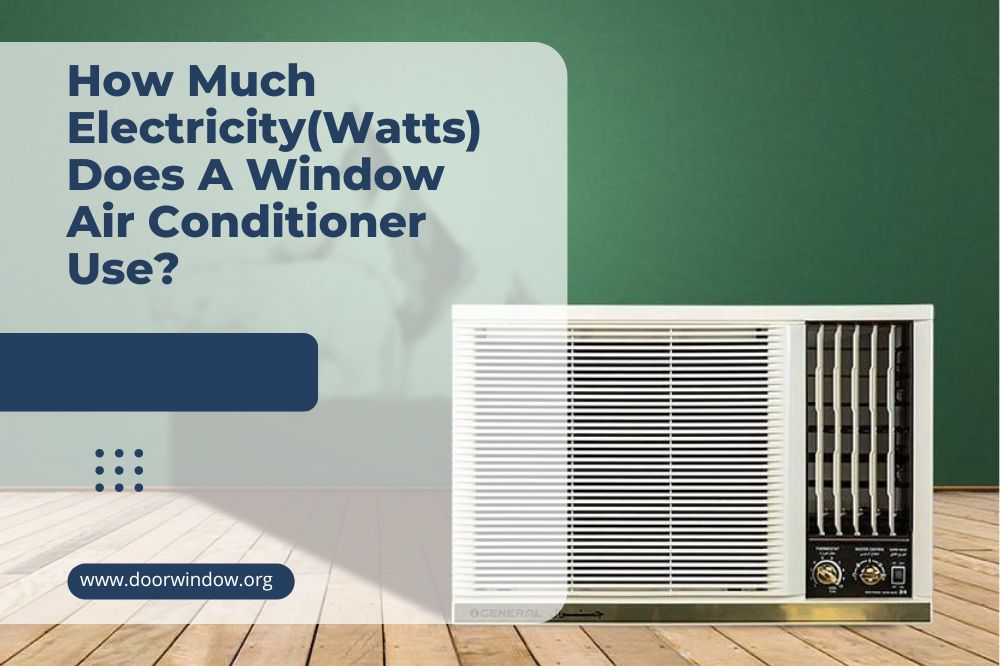
Most of us didn’t grow up with a cache of gold buried in our basement. Neither did we had the luxury of having a superyacht at our disposal. Nor do we have a garage lined with luxurious cars or a bank balance that looks like a phone number.
In case you’re wondering, these are some of the reasons why anybody might want to know how much electricity does a window air conditioner use. This knowledge allows the one possessing it to control and lower their monthly electricity bill to a level that won’t blow a hole in their pocket.
Factors that impact the electricity usage of a Windows AC
Many factors affect the electricity consumption of your window’s air conditioner. Let’s have a look at the most important among them.
1. Outside Temperature
Experts tell us that when the outside temperature begins to climb, air-conditioning units have to work harder to cool inside air. The reason as to why that happens lies in the air-conditioning cycle – the process using which your AC sucks hot air from inside and releases its heat outside.
For an air conditioner to work efficiently, the external temperature has to be lower than that of the heat that it is releasing outside. If the difference between both these temperatures isn’t that huge (as is the case on extremely hot days), the ac has to work harder. That increases its electricity consumption.
2. Your AC’s Size
Homeowners face a choice when shopping for a brand-new window air conditioner. On the one hand lies a bigger size model (in British Thermal Units or BTUs) that can cool their space in less time. But because it would do that, an over-sized AC would consume more energy.
On the other end, they can go for a smaller-size model that would take more time to bring their indoors to a comfortable temperature level but would consume less electricity. Experts recommend that you select the proper size unit if you wish to enjoy cooler indoors at an affordable price.
3. Area’s Climate
In contrast to what some people believe, there is a vast difference between temperature and climate. NASA reminds us that while the temperature is what conditions of the atmosphere are over a short period, the climate is how the atmosphere will behave over a more extended period.
Aside from heat, the humidity in your area also forms an essential part of its climate. This point is critical as areas with high humidity require ACs working in them to work harder. That hard work will then make its presence felt in the form of inflated power bills that you’ll receive at the month’s end.
4. AC’s Thermostat Setting
There is a common misconception among people that setting the thermostat at 16 degrees will cool down a room faster than if you’ve set it at 20 degrees. However, that isn’t true. The amount of time your ac will take to bring your room’s temperature to, say, 25 degrees, will be the same.
What won’t be the same in both scenarios, however, is your air conditioner’s electricity consumption. The Energy and Resources Institute has calculated that those of you who run their AC at 18°C have to pay 30% less in monthly electricity bills than those who set their unit’s thermostat at 30°C.
5. Seasonal Energy Efficiency Ratio
Also known as its Energy Efficiency Rating, the SEER tells you the number of watts your AC will consume to produce BTUs. It gives you a fair picture of how efficient your air conditioner is and what impact it will have on your monthly electricity bills.
Wondering how it will do that? Air conditioners with a low SEER rating (<10) consume more electricity than those with a standard SEER (10). Models whose EER rating exceeds this value tend to be incredibly efficient, such as Inverter AC. Those window air conditioners that come with Energy Star certification provide a SEER of 14.5.
6. Cooling Load
Most of us think that the process of cooling only involves pumping cold air into our indoors. What is true, however, is that the entire process revolves around the removal of heat. That’s precisely what the cooling load is all about – the heat that must be removed from your room to bring down its temperature.
Different factors affect the cooling load. They include the size of your room, the size of the air conditioner, how much furniture you’ve parked in your room, how well your room is insulated, and your room’s and home’s orientation (as homes that receive direct sunlight for most of the day tend to be hotter).
How much electricity does a window air conditioner use?
To calculate your AC’s electricity consumption, first calculate:
- Amp it draws: (written on the AC’s package)
- Wattage consumption: (Multiply amps with the volt of your power outlet, such as 120v or 240v)
- Kilowatt/hour: Multiply amps with watts and divide the final figure by 1000. This is the electricity your window air conditioner will consume in an hour.
Example:
To illustrate this formula with an example, let’s assume that you have an average 2-ton AC with 16 SEER rating. Such units draw 15 amps. Provided you plug the unit into a 240v power outlet, its wattage consumption (240 x 15) turns out to be 4,320 watts.
Once you have calculated the wattage consumption, divide it by 1000 to calculate how much electricity your windows ac uses per hour. In our case, the ac consumes (4,320/1000) or 4.32kilowats/ hour.
Conclusion
There are two readings you need to have at hand to calculate your window’s air conditioner’s electricity consumption. They include the amps it draws and the wattage of the electricity your home receives from the grid. Once you’ve both of them at your disposal, multiply them, and divide the final figure by 1,000 to calculate your AC’s power consumption.
If you are confused about how to apply the formula, please feel free to get in touch.

